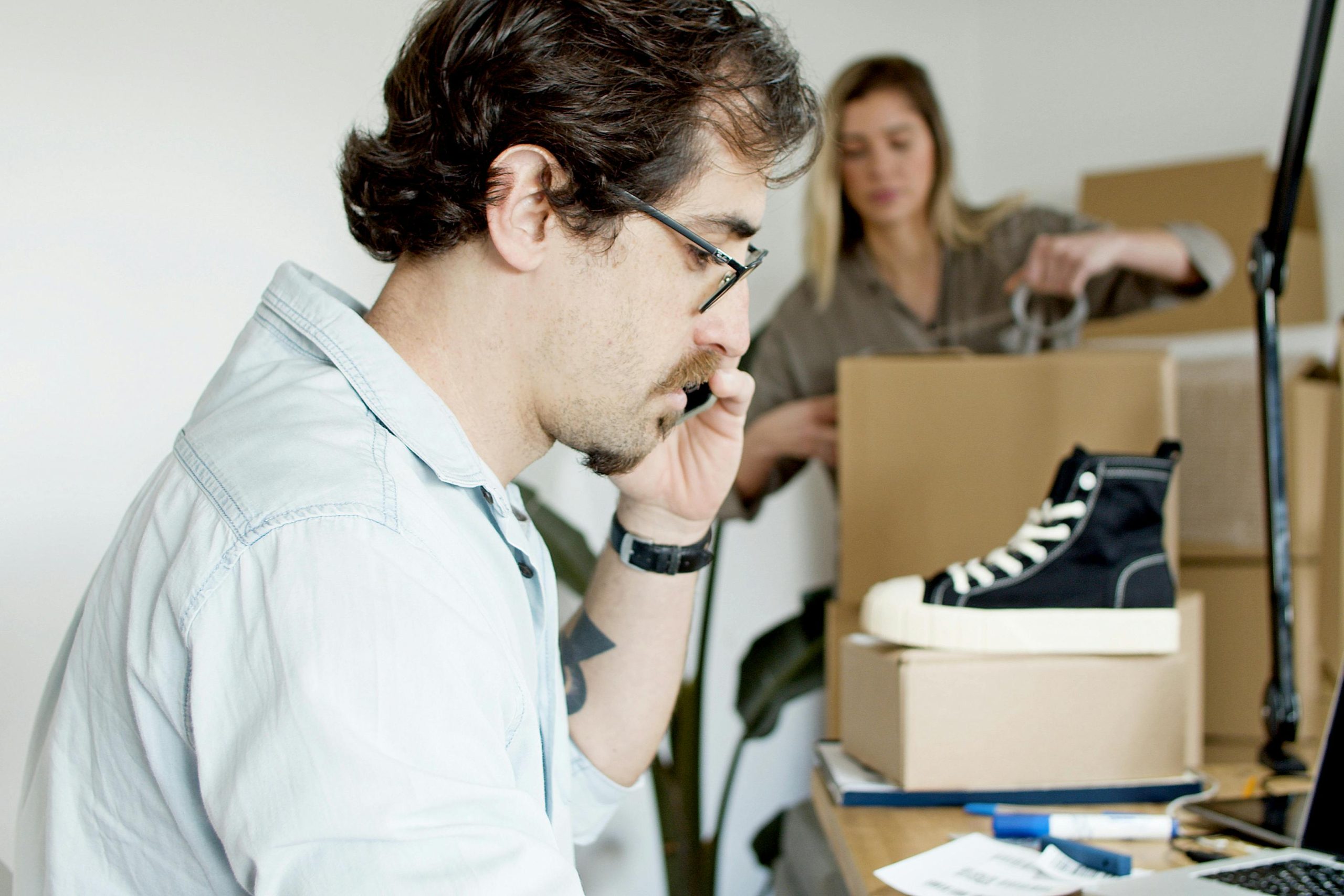For those who believe even a sneaker can tell a story
Flipping shoes is not just a side hustle. It is a modern ritual of value and vision, a way of making money by understanding what people desire before they realize it themselves. It can begin with curiosity and grow into something solid, something that holds when other things do not.
This is how to begin.
What Is Shoe Flipping?
At its simplest, flipping shoes means buying them at a low price and selling them for a higher one. But if that’s all you see, you will miss the soul of it. You are not trading objects. You are trading attention. You are buying shoes when they are overlooked and selling them when they are wanted.
The most profitable flips often come from limited-edition releases, exclusive drops, or vintage finds. A pair of sneakers that cost $200 today might be worth $600 next week if they sell out quickly and are tied to a trend, a story, or a name people chase.
To do this well, you will need more than luck. You will need an eye for timing, a feel for culture, and the patience to study a market that changes faster than most.
What You Can Earn
There is no ceiling, only your level of understanding and risk. Some flippers earn a few hundred dollars each month as a quiet supplement to their main income. Others treat it as a full-time business and bring in thousands.
According to market researchers, the sneaker resale economy has ballooned into the tens of billions. That figure matters, not because it guarantees success, but because it means the door is open. People are spending. The question is whether they will spend on what you offer.
What It Costs to Get Started
Shoe flipping does not require a degree or an expensive certification, but it does require investment. A single pair of flip-worthy shoes may cost $100 or more. For rare or hyped releases, the cost might climb higher. Add to that the price of shipping, packaging, and potentially using sneaker bots to secure online drops more quickly.
Even more importantly, you will invest your time. Understanding the resale game is not intuitive. It must be learned. Some of that learning will come through research. Some will come the hard way through mistakes.
Start with what you can afford. Focus on one pair, then two. Let your experience grow with your collection.
Where to Find the Shoes
The shoes you flip can come from many places. The obvious start is retail. Stores like Foot Locker, Nike, Adidas, and boutique sneaker shops that host exclusive drops. Online releases require fast fingers and sometimes automated tools, but they also offer the cleanest entry point for limited-edition products.
For treasure hunters, secondhand stores and yard sales offer overlooked opportunities. You might find an old pair of Jordans sitting under a folding table, ignored and underpriced. It happens more often than you think.
Once you have your inventory, platforms like StockX and GOAT provide a reliable place to sell. They authenticate items, manage the transaction, and take a small commission. There are also more flexible spaces like eBay, Mercari, and Poshmark, where you control pricing and strategy, but must earn the buyer’s trust yourself.
Why It’s Worth Your Time
There is joy in the flip. A good deal found, a package sold, a profit made. For sneaker lovers, there is the added satisfaction of being close to the culture, to the design, to the pulse of something vibrant and alive.
This is not passive income. It is active. But it is flexible. You choose your pace. You can scale up or keep it lean. You can use it to learn about e-commerce, to explore fashion trends, or simply to earn extra money doing something you enjoy.
And in a world where so many side hustles feel cold or disconnected, flipping shoes brings you into contact with real people and real stories. Every buyer has a reason. Every shoe has a past and a future.
The Challenges You’ll Face
Like anything worth doing, this comes with difficulty.
First, there is the cost. Not everyone can afford to buy and hold multiple pairs of sneakers waiting for the right moment to sell. The market can shift. A shoe you thought would skyrocket might stall. Then there are fakes — good ones. If you do not learn to spot the subtle differences in stitching, materials, tags, you will lose money.
Knowledge is your greatest asset. Not bots. Not hype. Knowledge.
You will need to follow the market closely. Know what’s trending. Watch what celebrities wear. Read what collectors say. And trust your instincts, but always verify them.
The First Step
Start by picking one shoe. One drop. One deal. Track its price. Learn how it moves through the market. Watch how quickly it sells. Then act.
You do not need to be first. You do not need to be the loudest. You need only be consistent. In time, your instincts will sharpen. You will see patterns others miss. You will understand what makes a shoe worth something and to whom. And if you do it well, you will make money.
